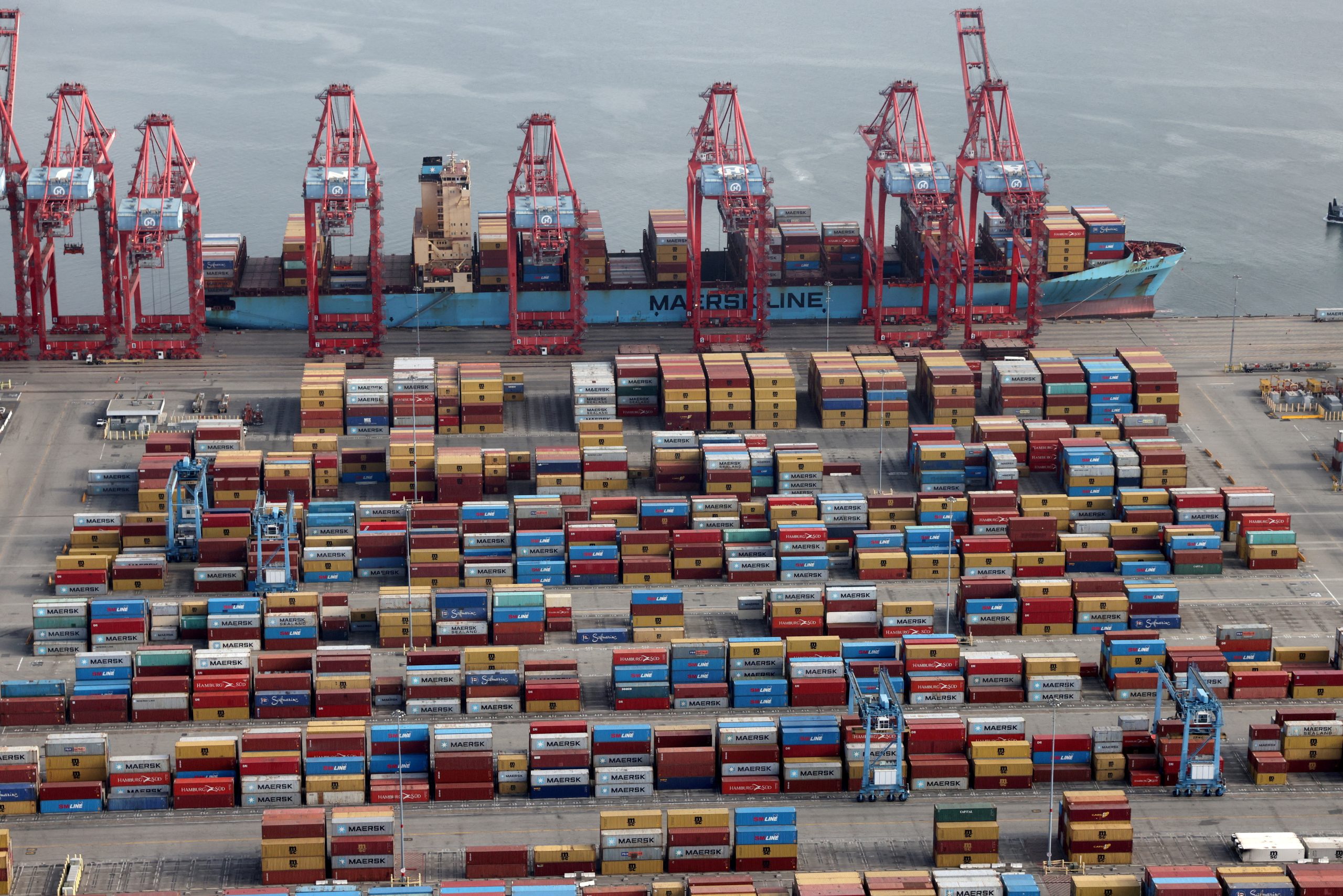
Ian Patrick, FISM News
[elfsight_social_share_buttons id=”1″]
The debate over whether or not the U.S. is in a recession heated up on Thursday as the Gross Domestic Product (GDP) showed a decline for the second consecutive quarter.
GDP fell 0.9% for Q2, following a 1.6% drop in the previous quarter.
Wall Street Journal analysts had predicted an increase of 0.3%, which was more than 1 percentage point off from the true value.
MarketWatch reported that a large “drop in business investment and declining inventory levels largely accounted for the negative GDP print.” On the plus side, consumer spending increased by “a 1% annual clip.”
These back-to-back declines in GDP are the first since the Great Recession of 2007.
According to a previous FISM News report, the most popular definition of a recession is two consecutive quarters of a falling GDP. The Biden administration, however, is claiming that the definition of a recession is broader than that.
Since the beginning of this week, economists and analysts have been warning that a recession is looming. One economist told The Epoch Times that Biden’s “policy blunders” would “probably cause a recession.”
ING analysts pointed to the Federal Reserve as an indicator that recession was looming. Citing the Fed’s federal funds rate increases (before its most recent 75-point hike on Wednesday) and delayed response to the crushing inflation felt by most Americans, these economists said that there is “clearly the fear of a recession.”
The Fed’s 75-point increase was also a factor of concern, as it has continually raised interest rates throughout the year to temper inflation. Reuters described the current high price market as “the most intense breakout of inflation since the 1980s.”
The Fed has now raised its interest rates by 225 basis points this year alone.
The data seems stacked in favor of recession, but Biden administration officials are denying it.
White House Economic Adviser Brian Deese flat out told reporters on Tuesday that “two negative quarters of GDP growth is not the technical definition of recession.” Yet, in 2008, Deese told reporters that the exact “technical definition of recession” used by economists “is two consecutive quarters of negative growth.”
Brian Deese, yesterday: "Two negative quarters of GDP growth is not the technical definition of recession.”
Deese, 2008: “Economists have a technical definition of recession, which is two consecutive quarters of negative growth.” pic.twitter.com/MzVk7drq3v
— RNC Research (@RNCResearch) July 27, 2022
Likewise, White House Press Secretary Karine Jean-Pierre told reporters that “there are many factors and economic indicators to consider” when noting a recession. She also said that the “textbook definition of ‘recession’ is not two negative quarters of GDP.”
Karine Jean-Pierre says "two consecutive quarters of negative GDP growth" is "not the definition of a recession."
Then a reporter reads her a statement from Biden economic adviser Brian Deese defining a recession as "two consecutive quarters of negative growth.” pic.twitter.com/xaOJCKU6TB
— RNC Research (@RNCResearch) July 27, 2022
Biden’s Chair of the White House Council of Economic Advisers Cecilia Rouse even said back in May of this year that “economists date a recession as being at least two quarters of negative growth and other factors.”
Biden’s Chair of the White House Council of Economic Advisers Cecilia Rouse in May 2022: “Two quarters of negative growth” is an indicator of a recession. pic.twitter.com/f3shL0gRu8
— RNC Research (@RNCResearch) July 27, 2022
President Biden said on Monday that a recession didn’t look likely because of “one of the lowest” unemployment rates. A White House Fact Sheet, which espoused “a holistic look” at economic data, states that “trends in the data through the first half of this year used to determine a recession are not indicating a downturn.”
The National Bureau of Economic Research (NBER), which acts as the official declarator of recession, defines a recession as “a significant decline in economic activity that is spread across the economy and that lasts more than a few months.” The bureau reportedly takes the broader view of recession into account before making an official declaration on the matter.
